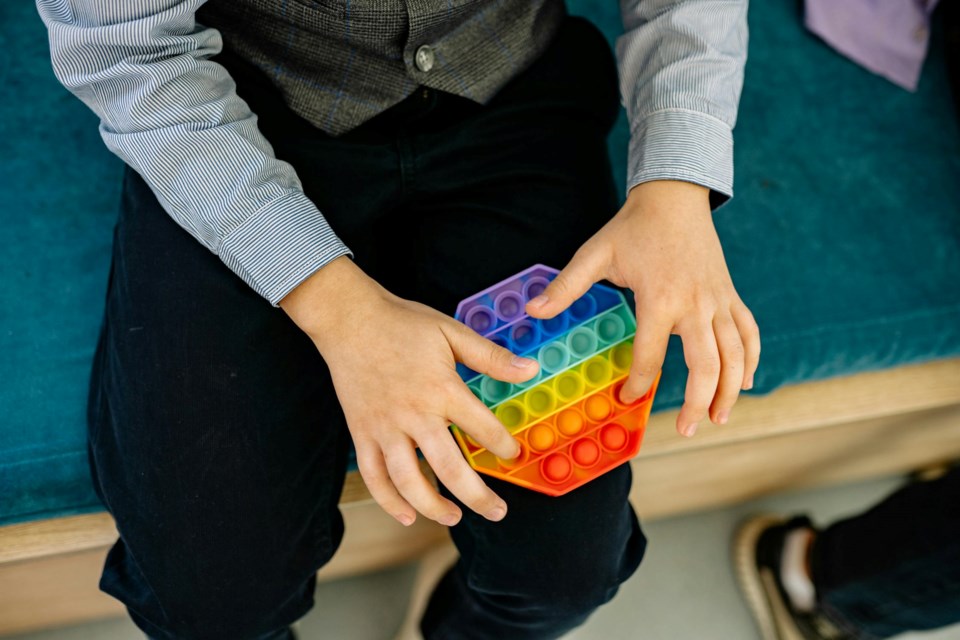There are a number of sensory systems that help us make sense of our environment:
- Visual (seeing)
- Auditory (hearing)
- Tactile (touching)
- Olfactory (smelling)
- Gustatory (tasting)
- Vestibular (moving)
- Proprioceptive (awareness of our body in space)
- Interoceptive (sense of our internal organs)
Every child has unique preferences for sensory experiences; some experiences are distressing to the child and are therefore avoided, while others are comforting and sought out. While all children experience sensory processing preferences, at least to some extent, they can be more pronounced in children who experience neurodiversity, such as those with autism, learning/intellectual disabilities, and attention disorders.
For some, their sensory challenges or needs can be very obvious, such as a child starting to cry in direct response to a loud noise, like the flushing of an automatic toilet. As another example, some children can tell you that the fluorescent overhead lights hurt their eyes.
For younger children, as well as those with less developed language or self-awareness, it may be difficult to determine what sensory experiences are triggering or where there is an unmet need; instead, you may just see withdrawal, lack of focus, irritability, meltdowns, or behavioural issues.
As such, it is important to consider what sensory activities may be helpful to meet these sensory needs in different environments and during transitions in order to prevent sensory overload and optimize their overall mental health.
Close monitoring of their behaviour is important, such as observing when the child is most comfortable, which sensory experiences they enjoy, and which ones contribute to dysregulation.
Provide a choice of sensory and movement activities throughout the day as preventative measures and if possible, collaboratively problem solve with the child to get their opinion on what may help.
For instance, a child seeking proprioceptive or vestibular input to calm themselves before bed would benefit from using a weighted blanket or jumping on a small trampoline. A child seeking gustatory input to increase focus may like chewing sour gum while studying.
As another example, a child who is comforted by tactile input may like petting their dog when they are anxious. Sometimes, trial and error may be required to figure out what works best.
Parents can also consult with child psychologists, pediatricians, occupational therapists, or the school support team for more sensory strategies and tools.



